
Reactivating an old printing works into a creative campus in KL
With his family’s historic commercial printing business, Art Printing Works, becoming obsolete by the mid-to-late 2000s, Ee Soon Wei had inherited an industrial site rife with opportunity. However, the journey to transform a cluster of dilapidated warehouse buildings into the thriving creative hub in Kuala Lumpur it is now known for, took as many turns of the pages as those of books the business used to print. Despite the numerous setbacks and various consultations just to get APW Bangsar started, his perseverance in striving for something more than just a commercial enterprise resulted in a place where creatives from all sectors can cross-pollinate and be collectively productive.
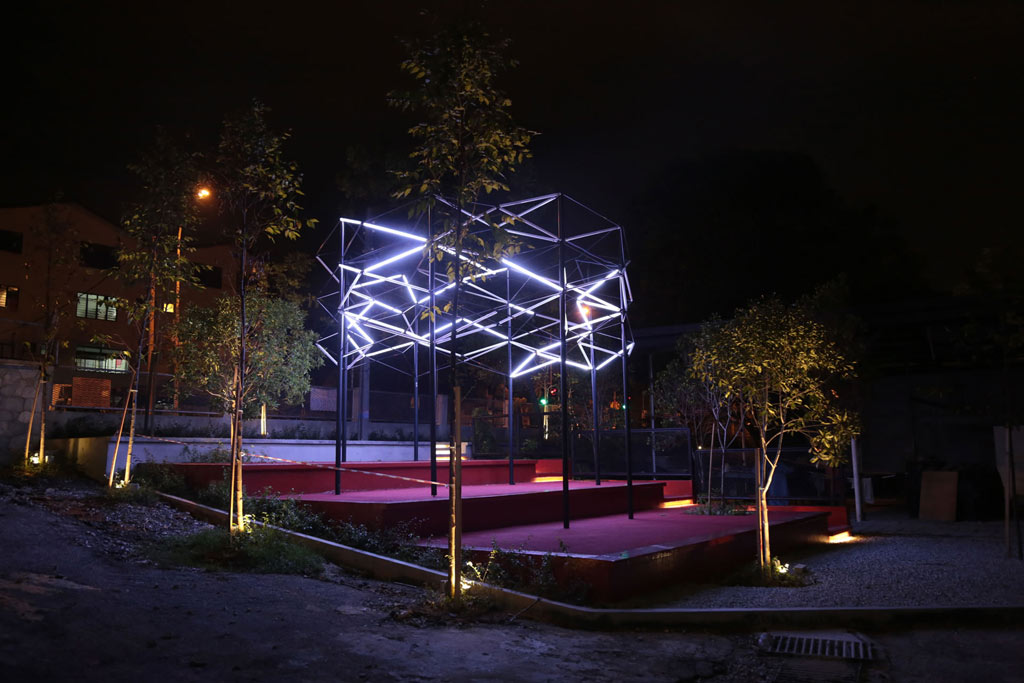
With a background in management and marketing, Soon Wei tapped emerging designers in Malaysia to convert the factory buildings and spaces around them one by one—each reconfiguration has its own identity among the whole based around the narrative rebranding of the printing works. As the CEO, he has also solidified the business into a sustainable practice, and the success of the venture has led him to being asked to provide strategies for similar cases across Southeast Asia.
In his talk at Anthology Festival 2018, he strongly urged those wishing to do the same to properly manage and work closely with stakeholders in order to realize projects full of character, without risking commercial failure. He continued his train of thought immediately after his talk by speaking to BluPrint to give more insight into the story that made APW Bangsar the place to be.

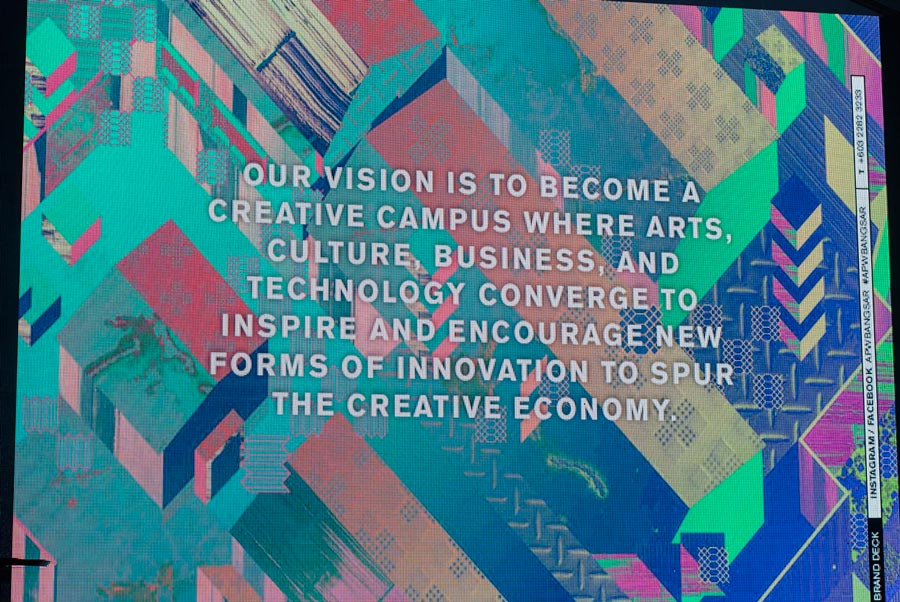
BluPrint: If we compare what is happening at Escolta, Manila to APW in Kuala Lumpur, stakeholders, creatives and collectives over here are only just getting around to setting benchmarks. What they need to achieve by what year, who do we need to talk to by what year.
Soon Wei: The first thing was really about managing stakeholders, including buy-in. So most of the time they wanted to buy 100%, whereas we wanted them to just buy 50%, if not for 20%. In the overall scheme we activated just a small part of it. We tried asking for a lot of permissions, and after some time we just ask for forgiveness.
(laughter) It used to be just a factory area right, so I guess now that it’s active, what’s parking like there?
Parking is what I call a serious case of bottlenecks. Our week day periods have generous parking whereas weekends due to overflow of traffic, we’re mainly packed to the brim. Unfortunately, proper well facilitated infrastructure should come to mind prompted by the government by in our case and some say most, it’s become private responsibility. A hipster response? Grab or Uber.
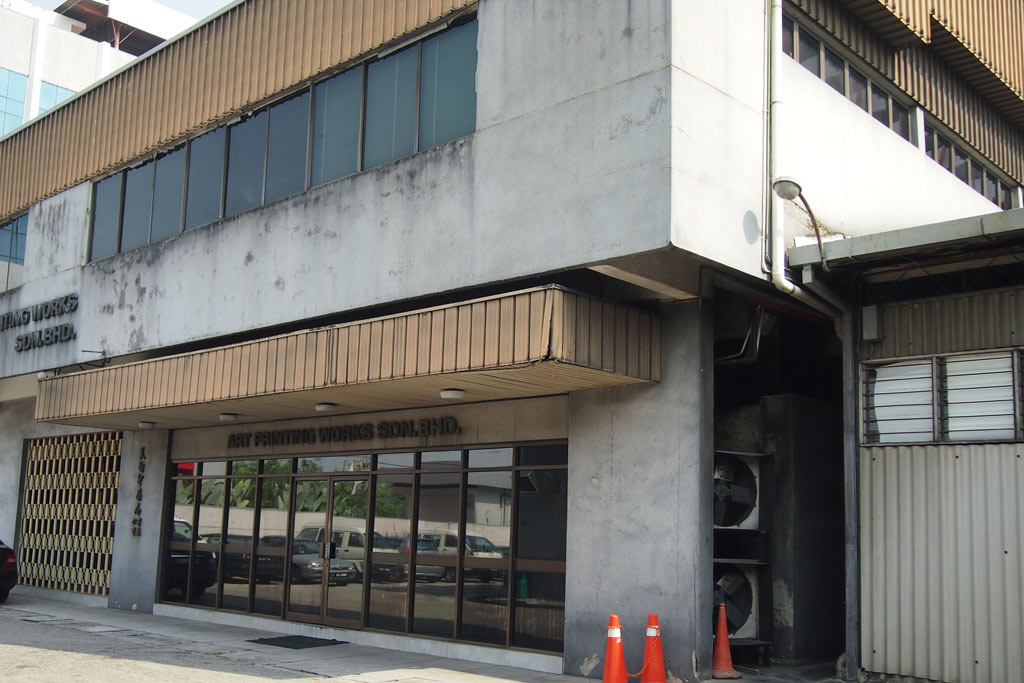
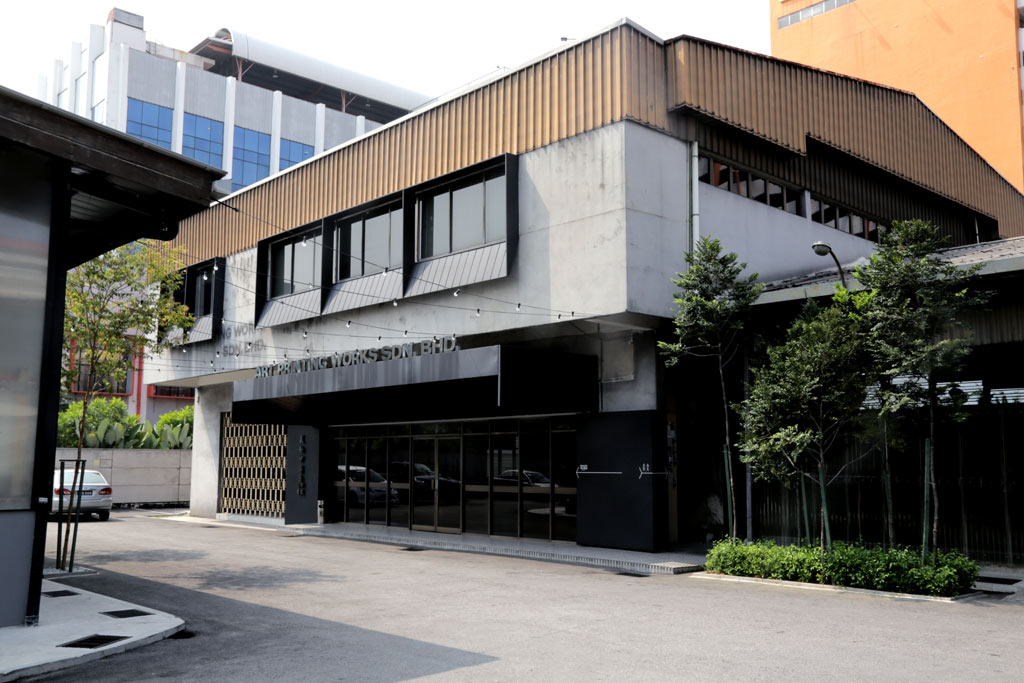
Do you have a big team helping you?
There’s about 10 to 12 of us. Half of them are blue collars, as in, people who basically clean and sort things out, and the white collars are the guys who do more of the leasing, the events, and the social media. I do most of the strategy, making partnership developments work. I spend about 15% of my time now in Malaysia, the rest of my time is traveling, so I’m in Thailand quite a bit.
Are you activating anything in Thailand?
Yeah, we are looking at Thailand.
In Bangkok?
In Bangkok, yeah. I flew in from Bangkok actually.
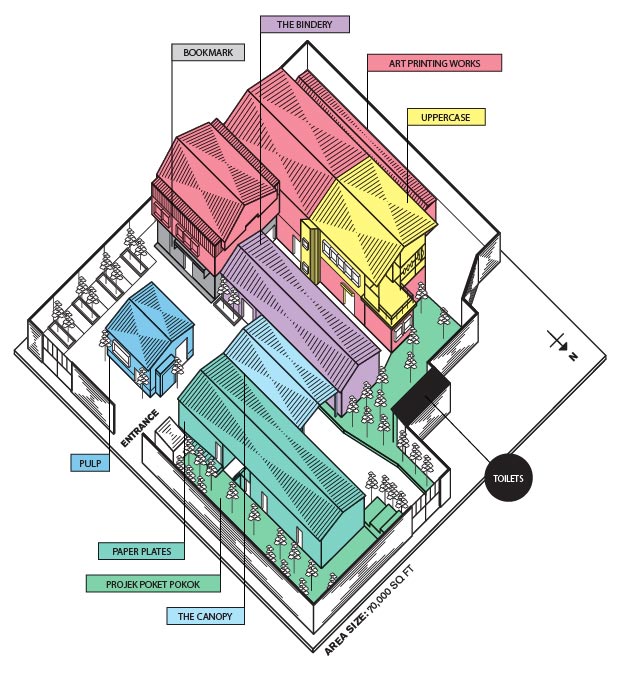
So you’re bringing this model around to different places?
My view is that a lot of family businesses are starting to stagnate. Everyone doesn’t have the answers. They don’t know what to do. They want to do something but they don’t know how to do it, and why they should do it. This is where the dialogue takes place. A lot of these projects are happening because a young person has stood still for the last 4 years, could not move forward and complete something. This is where I can come in, and can talk to them.
So you’re facilitating the process to help them go over the hedge. Could you tell us more about your background, Soon Wei? You’re not an architect, and you come from more of a business and economic background.
I was trained in commerce so I studied management and marketing. I spent the first part of my career working with companies like Sara Lee, the American consumer-goods company, who has a presence here in the Philippines. I used to work at their outpost here 10 years ago in the Alabang area. I visit the Philippines a lot for diving actually.
Where? Anilao?
Anilao, Puerto Galera, Oslob and Malasapascua. I don’t come to the city very often.
Where did your interest in branding, products and consumers come from? How did that develop?
Actually, I developed a liking for performing arts so I do work on stage. That’s why when I wanted to work on APW I looked at it from a theatrical standpoint—costume, resolution, lighting, sets. If we looked at it from a commercial standpoint then we would have just closed down the business. So I was very young…

How old were you when you started it?
I started documenting when I was 24, 25. I only started to actualize the work in ’07, ’08. I was at a crossroads in my career when I was supposed to go regional with Sara Lee, and if I had done that I would’ve been in a corporate suit and tie versus coming back to the family business.
So was it like “Hey, let me do streetwear!”
But I didn’t know it would work out. This was the dream for me that it was the best thing in town. You grew up hearing all these stories, and you come back and realize, “Hey, everybody is also human.” Nobody wants to listen to anyone and spend time listening. So I noticed the pitfalls in businesses or any collaboration in that slow, close internet communication is going to be very difficult to scale, So I spent a lot of time working with…if I look at every decision, and I hang a paper dragon, and it costs this much…
So you just do it.
So I just do it, and just say that someone is lending us this thing.
During that whole process you already started to develop these relationships with stakeholders. Because that’s a long time, 2008 to almost…
Almost 10 years.
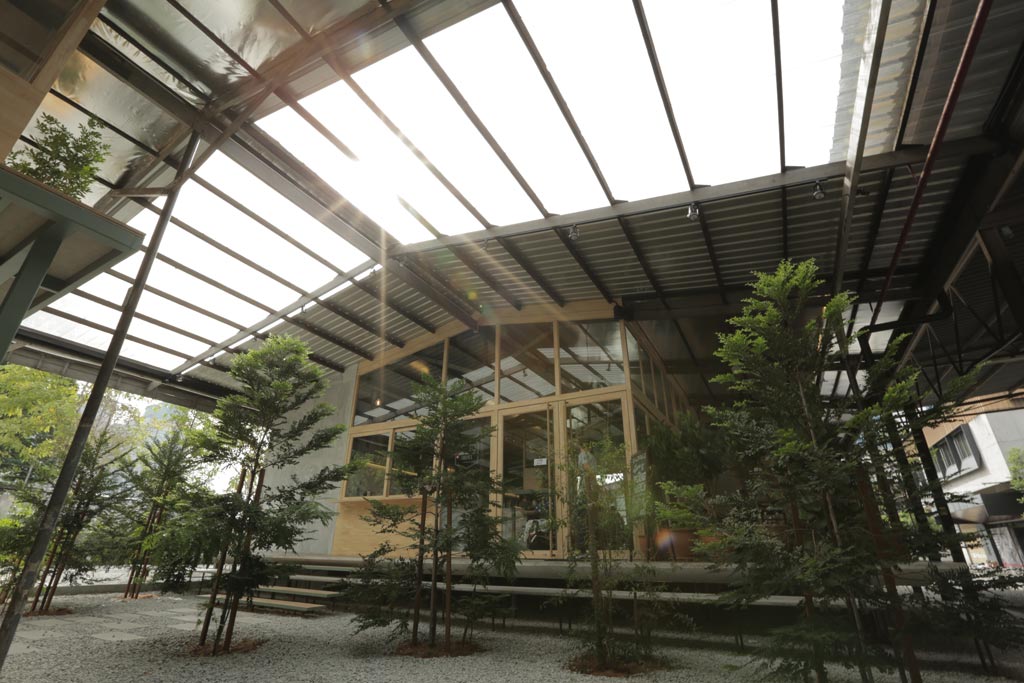
Almost 10 years. So how did you keep it going, how did you keep driving forward with this idea?
The first project was actually the Royal Press, which was the living museum that we worked on. We worked on it for many years and then it got halted, so in between I came back to look at what I could build. I managed to finish APW before this other project, which will be completed in November 2018.
The vernacular houses?
Yeah. It’s very current and an interesting process to work with.
Early on you had no real designers with you, and you were just doing it with your own team. Later on, how did you bring on designers to do the other spaces.
Obviously, when I first started, I asked for recommendations. I realized some of the more corporate guys only looked at doing a high-rise building. And then I met other people over good drinks.
That’s how it starts! Good drinks!
I met with young, aspiring architects who wanted to do something different, who I also got to know during my time studying in Melbourne, Australia. I told them that there was something there, but it was really not in the best state. It’s really rough and our budgets were limited, and they asked “would you like to consider us to do it?” I immediately said to them, “I think I like you better than many other people.” We started and we worked on the process together a lot. We questioned everything. And what I decided, very early on, was to not institutionalize everything. I wanted to make sure that every component was designed by different people, so that the space is always fresh for the users. Obviously, this was a very time consuming process and we got a lot of requests for repeat work.
As the success of APW has increased—it has been published, it’s gained exposure from social media, you get to talk to the pedigree of Harvard Business School—do your stakeholders get more involved or are they more trusting of you? How much influence do they have on what the spaces should be?
They were the worst cheerleaders!
(laughter)
To be fair, I think we all come from different starting points, so what more our respected elders / founders. It was indeed a tough bridge to cross yet converge. Many deadlock moments in the beginning out of trepidation and fear. Whereas, I was young and somewhat ambitious—so the time was a major deciding factor for us. Over time, you win some and you lose some but in my case, I had always hoped to win on the big calls and that has paid off for us. We still have dinners with family regularly, we’re alright (laughs)
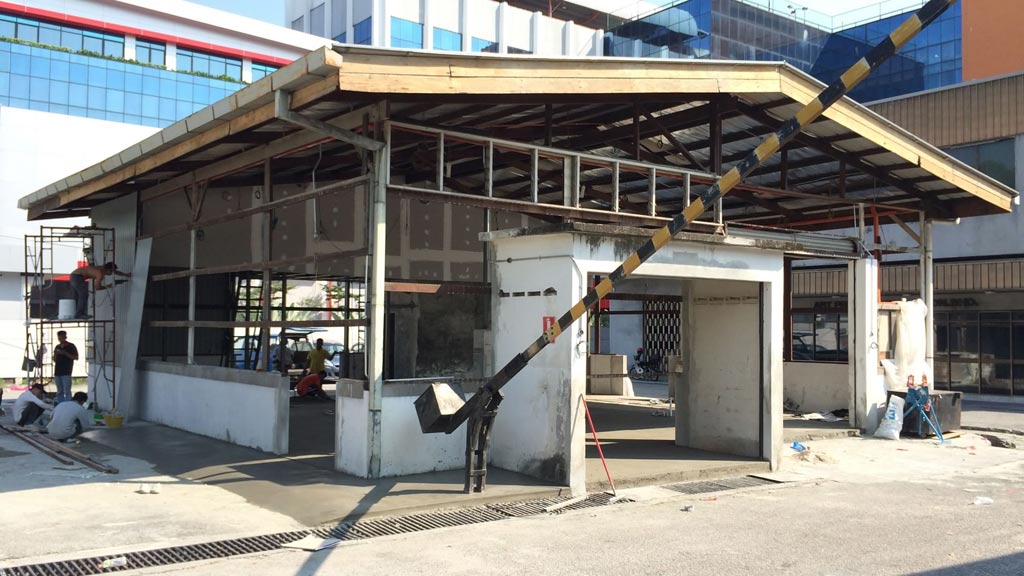
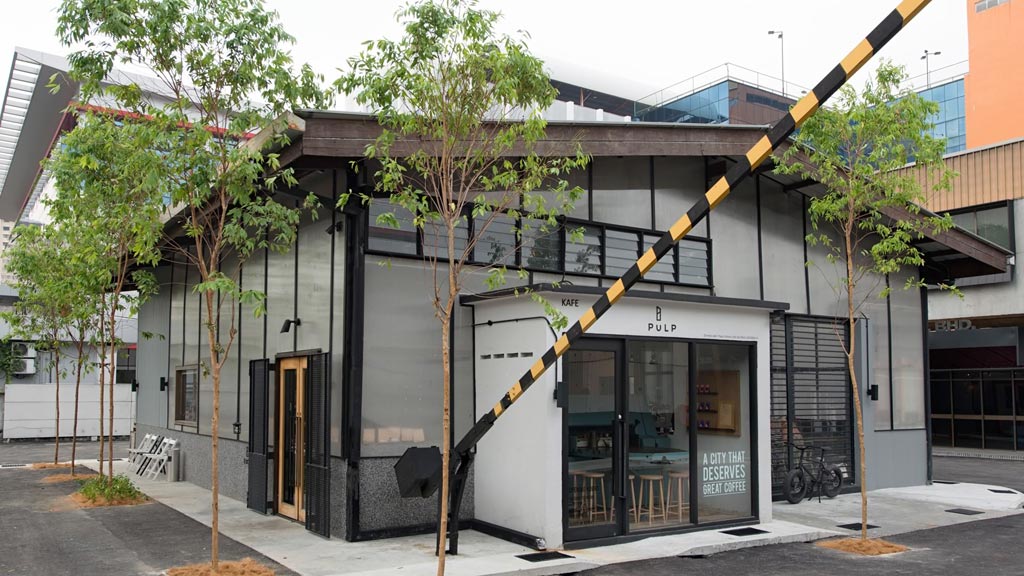
Is there still room for expansion on the site?
There is. But actually, it’s a catalyst for many other things.
What are the other things happening adjacent to the site now?
So next to us is the Malaysian Institute of Architects, Pertubuhan Akitek Malaysia (PAM).
That’s interesting.
So imagine this large newspaper publishing house, that is housed next to us aswell.
Okay. Those guys don’t sleep! That’s customers for you!
And print is going down right.
But still, they don’t sleep. They’re awake 24/7. Also, with the branding side of things, besides the design the physical design, there’s a very strong identity.
So with the graphics, we initially tried to engage a branding agency and we wanted to transfer to our name with the rebranding. I told them I don’t have the money and that project never took off. So I was just resigned with the fact that it’s called APW, and I came up with the name, the place and the logo later. Then I met with one of the designers and worked with them. I suddenly realized that I was developing an eye for space and design. People asked me, “Why don’t you become an architect?” I said, “If I had easier parents to deal with. They said, “Be a doctor or go into finance.” You see, it’s that same, restricting advice when I was growing up. “Just do this, don’t do this.”
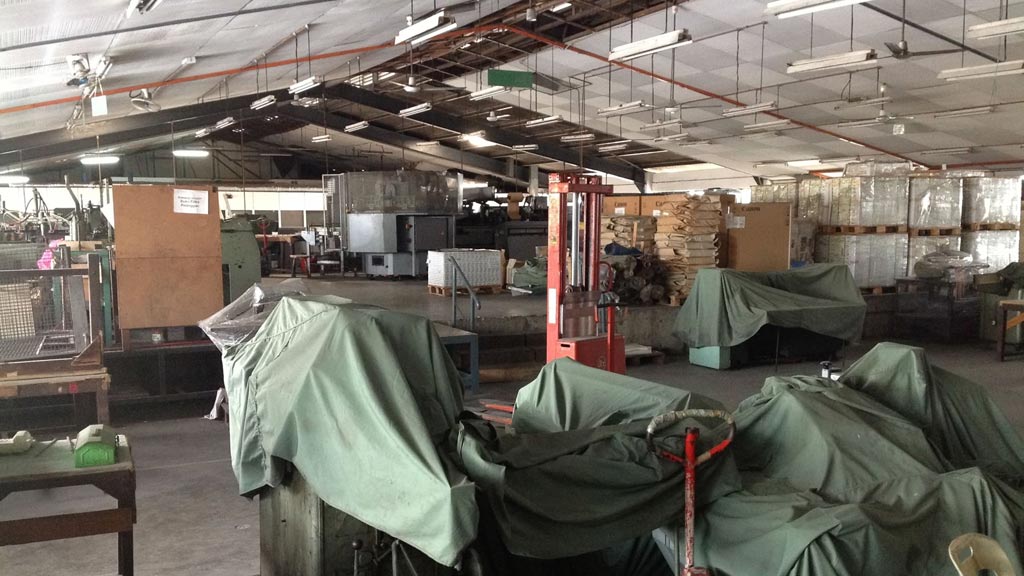

It’s very similar in the Philippines.
If I knew, I would’ve gone to a liberal arts college. I would’ve done so much more. Now, I’m just chasing, chasing, and chasing. That’s what I mean when I was trying to get validation. Then someone from Harvard Business School, from China, and asked to meet me.
That’s how it works out.
And now, my parents are like, “Oh yeah! If it wasn’t for my foresight. We kept this from you.”
(laughter)
But I think this is the same thing with working with government and councils. When you’re much older you understand how you manage different stakeholders. If you want Anthology Festival to grow bigger you have to invite the bigger guys to come. It’s really about a balance.
Your talk was so inspiring. And it was good for people here in Manila to see things like that happening in Kuala Lumpur. Because we have so many old, dead areas.
I see that a lot over here.
At first, many think that, “It’s an old building, let’s put it down.”
My finance team are Filipinos. They tell me a lot about the stories here.
They say, “Let’s put it down.” But they don’t understand that there could be heritage here, there’s culture, there’s emotional investment because the place matters. It doesn’t look good anymore. But it matters.
That’s one fundamental positive about the community in raising issues like this and showing others why buildings like these are important to keep. ![]()
Ee Soon Wei is the CEO of Art Printing Works (APW), a creative industrial space in Bangsar, Kuala Lumpur. At APW Bangsar, he has successfully rolled out the ambitious plans to transform the old commercial printing factory into a campus that includes a collaborative workspace, a food-and-beverage belt, and event venues.


